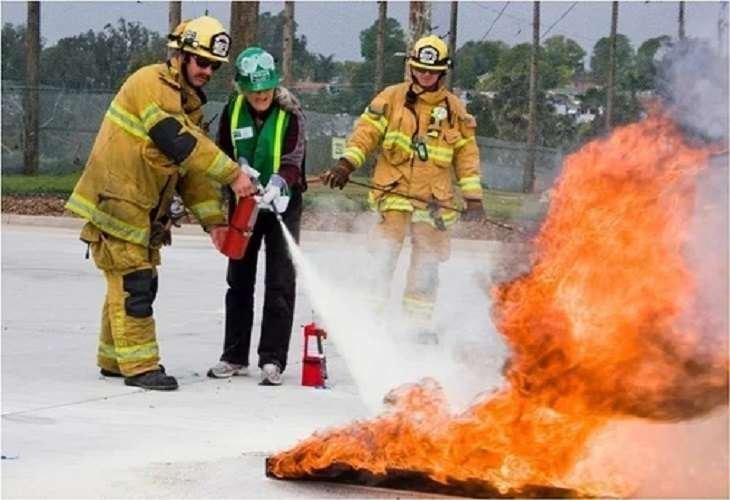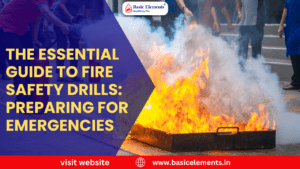Introduction: Understanding the Importance of Fire Safety Drills
Fire safety drills are not just routine exercises—they are crucial lifesaving practices that can mean the difference between chaos and orderly evacuation during an emergency. In today’s fast-paced work environment, maintaining an effective fire safety program is more important than ever. Regular fire drills ensure that all personnel are familiar with evacuation procedures and can respond quickly and efficiently during an actual emergency.
Statistics show that organizations conducting regular fire drills experience significantly lower casualty rates during actual fire emergencies. These drills build muscle memory, reduce panic responses, and create a culture of safety awareness that extends beyond the workplace.

Types of Fire Safety Drills: What You Need to Know
Live Fire Drills
These are full-scale evacuation exercises that simulate real emergency conditions. Participants physically exit the building using designated evacuation routes. Live drills provide the most realistic experience and help identify potential bottlenecks or issues in evacuation procedures.
Virtual Fire Drills
Increasingly popular, especially in large organizations, virtual drills use computer simulations to teach emergency responses. They’re particularly useful for initial training and can be repeated frequently without disrupting workplace operations.
Surprise Fire Drills
Unannounced drills test the real-world readiness of your emergency response procedures. While potentially disruptive, they provide the most accurate assessment of your organization’s emergency preparedness.
Tabletop Exercises
These discussion-based sessions allow leadership teams to walk through emergency scenarios and response procedures in a controlled environment, perfect for planning and refinement of protocols.
How to Conduct an Effective Fire Safety Drill: Step-by-Step Instructions

- Planning Phase
- Designate roles and responsibilities
- Create detailed evacuation maps
- Set up communication protocols
- Prepare evaluation criteria
- Pre-Drill Activities
- Inspect all emergency exits and routes
- Test fire alarm systems
- Brief safety wardens and observers
- Prepare documentation materials
- During the Drill
- Sound the alarm
- Monitor evacuation flow
- Time the evacuation
- Document any issues or concerns
- Ensure all areas are cleared
- Post-Drill Evaluation
- Conduct a thorough debrief
- Gather feedback from participants
- Analyze evacuation times
- Document lessons learned
- Update procedures as needed
The Role of Technology in Modern Fire Safety Drills
Modern fire safety has evolved significantly with technology integration:
- Digital Monitoring Systems
- Real-time tracking of participant locations
- Automated headcount systems
- Digital floor plans with live updates
- Mobile Applications
- Emergency procedure access
- Quick reference guides
- Digital checklists
- Communication platforms
- Virtual Reality Training
- Immersive emergency scenarios
- Risk-free practice environment
- Multiple scenario simulations
- Detailed performance analytics
Also Read : Your Essential Fire Restoration Checklist: Steps to Rebuild After a Fire
Common Challenges and Solutions
Challenge 1: Employee Engagement
Solution: Make drills interactive and incorporate competitive elements, such as team-based evacuation challenges or recognition for exemplary performance.
Challenge 2: Scheduling Conflicts
Solution: Implement a rotating schedule of drills across different shifts and departments, ensuring all employees participate while minimizing business disruption.
Challenge 3: Complacency
Solution: Vary drill scenarios and introduce unexpected elements to maintain alertness and engagement.
Challenge 4: Multiple Location Coordination
Solution: Utilize digital platforms for synchronized drills and centralized monitoring across different locations.
Conclusion: Making Fire Safety Drills a Regular Part of Your Emergency Preparedness Plan
Creating an effective fire safety program requires commitment, regular practice, and continuous improvement. By incorporating various types of drills, leveraging modern technology, and addressing common challenges head-on, organizations can build a robust safety culture that protects their most valuable asset—their people.







